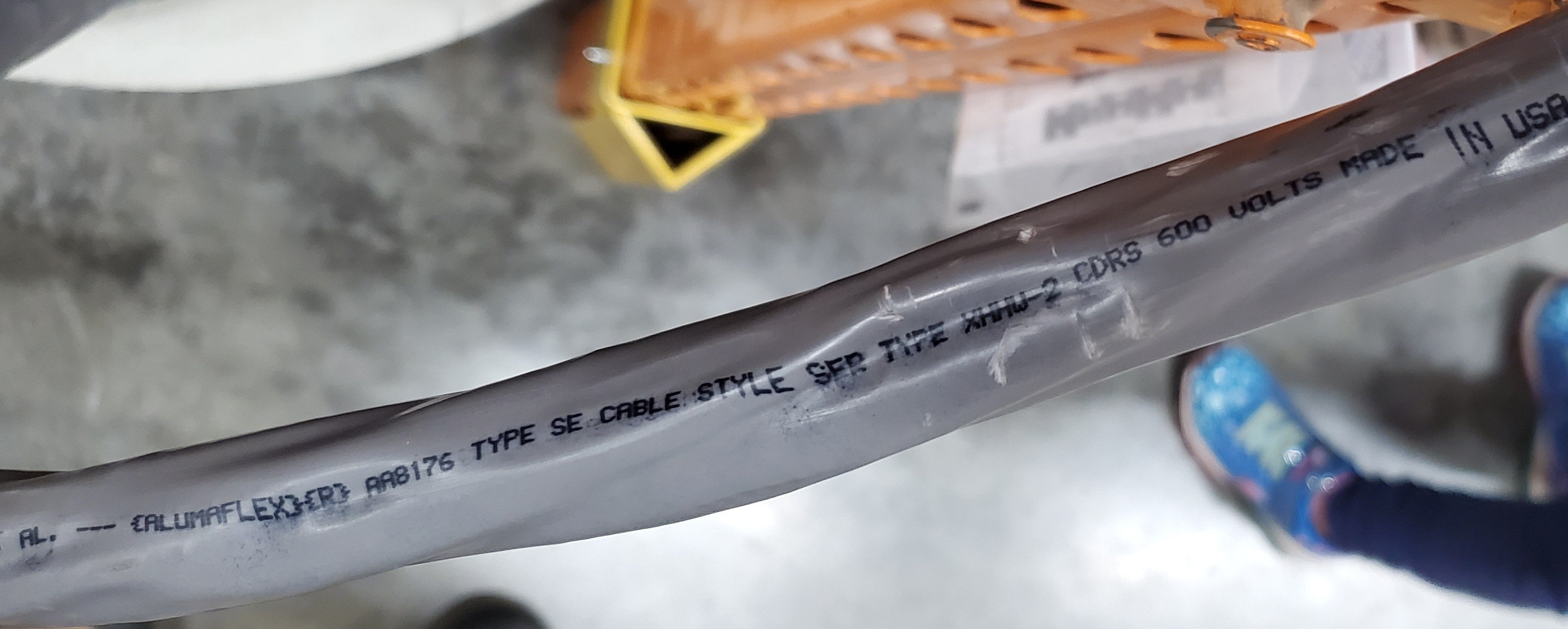SE cables simply can't be buried, conduit or no conduit
Why you're seeing "SER can't be buried" on this site is because the rule's right there in section 338.12(A) of the National Electrical Code (irrelevant point 1 snipped):
338.12 Uses Not Permitted.
(A) Service-Entrance Cable. Service-entrance cable (SE) shall
not be used under the following conditions or in the following
locations:
...
(2) Underground with or without a raceway
You're better off pulling individual wires instead
Even disregarding the restriction above, you're still better off pulling individual wires through the conduit, simply due to how stiff that cable will be to pull. You'll have to send the cable to the scrapper and get new wire for your pull, though, since the wires inside cables aren't generally marked for usage outside the cable. Furthermore, a 2AWG Al conductor is limited to 90A by NEC Table 310.16 when landed on the 75°C capable terminations found in modern distribution equipment; the 100A figure you may see in other sources is only usable when you can apply the 83% rule for dwelling unit services or feeders found in NEC 310.15(B)(7), which is not the case here since you're feeding an outbuilding. Given that you're putting a fat conduit in, being limited to 90A at the moment isn't too big a deal now since you can upgrade later without needing an excavator, but you'll probably want to go to 1AWG Al so that you can have a full 100A feeder to your workshop subpanel.
GO BIG OR GO HOME
Another common mistake with subpanels is to try to pinch pennies by downsizing the subpanel. In particular, breaker spaces count for far more than amps do; while a 100A or 125A, main breaker panel is fine for most detached outbuildings, it should be a 24 space panel at a minimum in order to have sufficient room for expansion, and a 30 space panel is not at all out of place here; given that this is a workshop, splashing out on a 40 space, 200A panel might even be worthwhile. (The extra main breaker amps in the subpanel don't matter since the subpanel main breaker is simply a convenient shutoff switch in this situation.)

